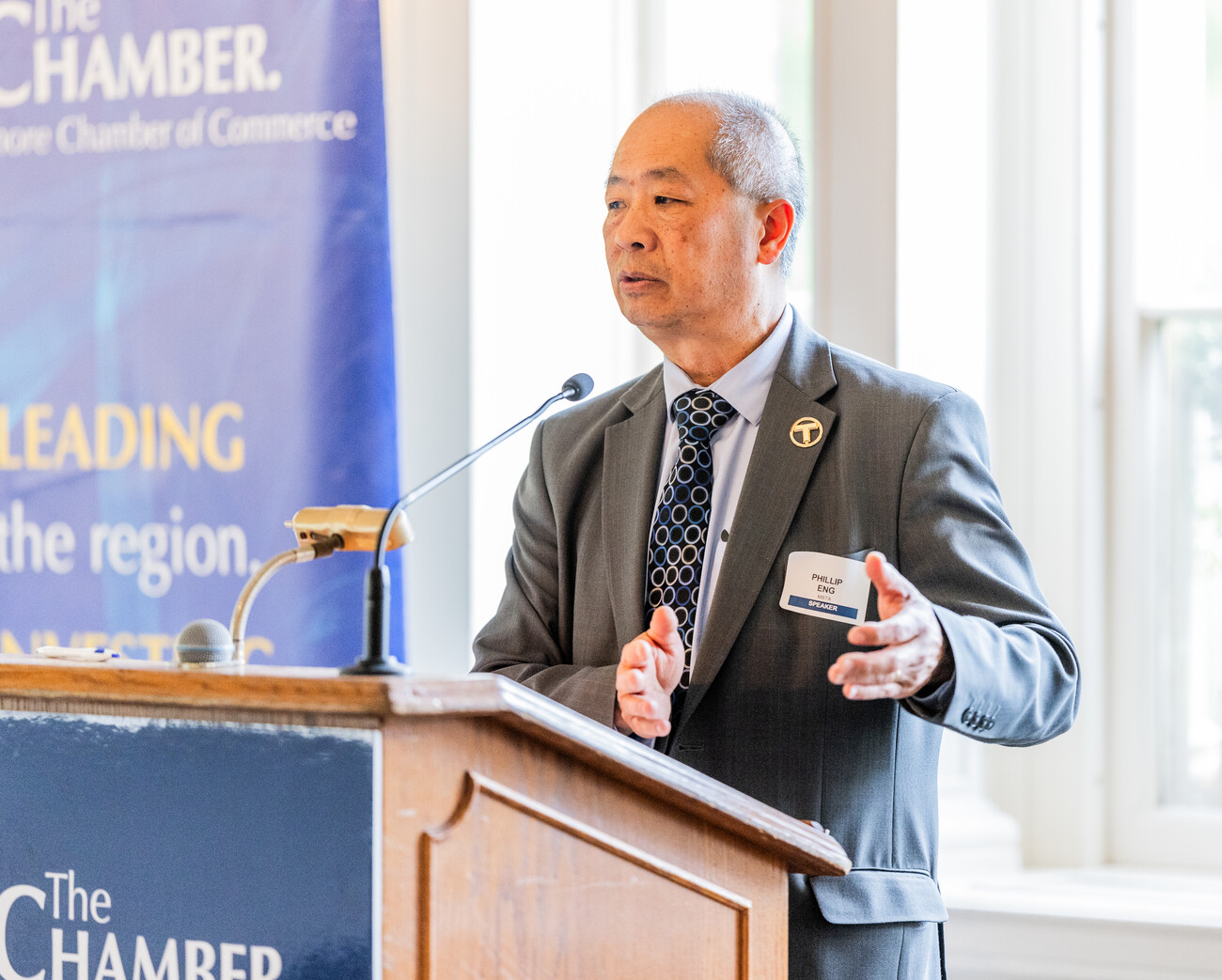themissinglink
Senior Member
- Joined
- Jan 13, 2018
- Messages
- 1,511
- Reaction score
- 3,837
Direct ramps from Route 2 (or 495) and a parking garage would greatly improve Littleton/495, I wish they had followed through with those 90s plans.It makes a bit more sense within historical context. South Acton has always been one of the more significant stations on the line - it was the junction for the branch to Marlborough (after the 1930s, Maynard), and has been a short turn terminal since the late 19th century. Littleton never was a significant station; the town was very small until I-495 was built in the late 50s. It had only 21 daily riders when service was dropped in 1975. South Acton was rebuilt around 1977 with a parking lot to handle the commuters from Route 2.
When the extension to Gardner opened in 1980, all the stations were built cheap and quick. Littleton was just a small strip of asphalt, with parking temporarily rented from a nearby factory; when that rental ended, it had just 15 official and 25 unofficial spots. South Acton was still the turnback point for half of service, with single track between there and Willows.
Littleton/495 has never been well-placed for a park-and-ride; it's on a narrow two-lane road and is more than 2 road miles from the 495 mainline. In the 90s, the town planned a new station with dedicated ramps from Route 2 and more parking - the first time the station was really imagined as a major park-and-ride - but that went nowhere. A private entity built a lot near the station around 2007, at which time the MBTA lot was only 47 spaces. The MBTA bought the private lot and expanded it when the station was rebuilt. Pre-COVID, there were plans to add more parking at Littleton/495.
More sidewalks on Foster Street would also be a big improvement.




